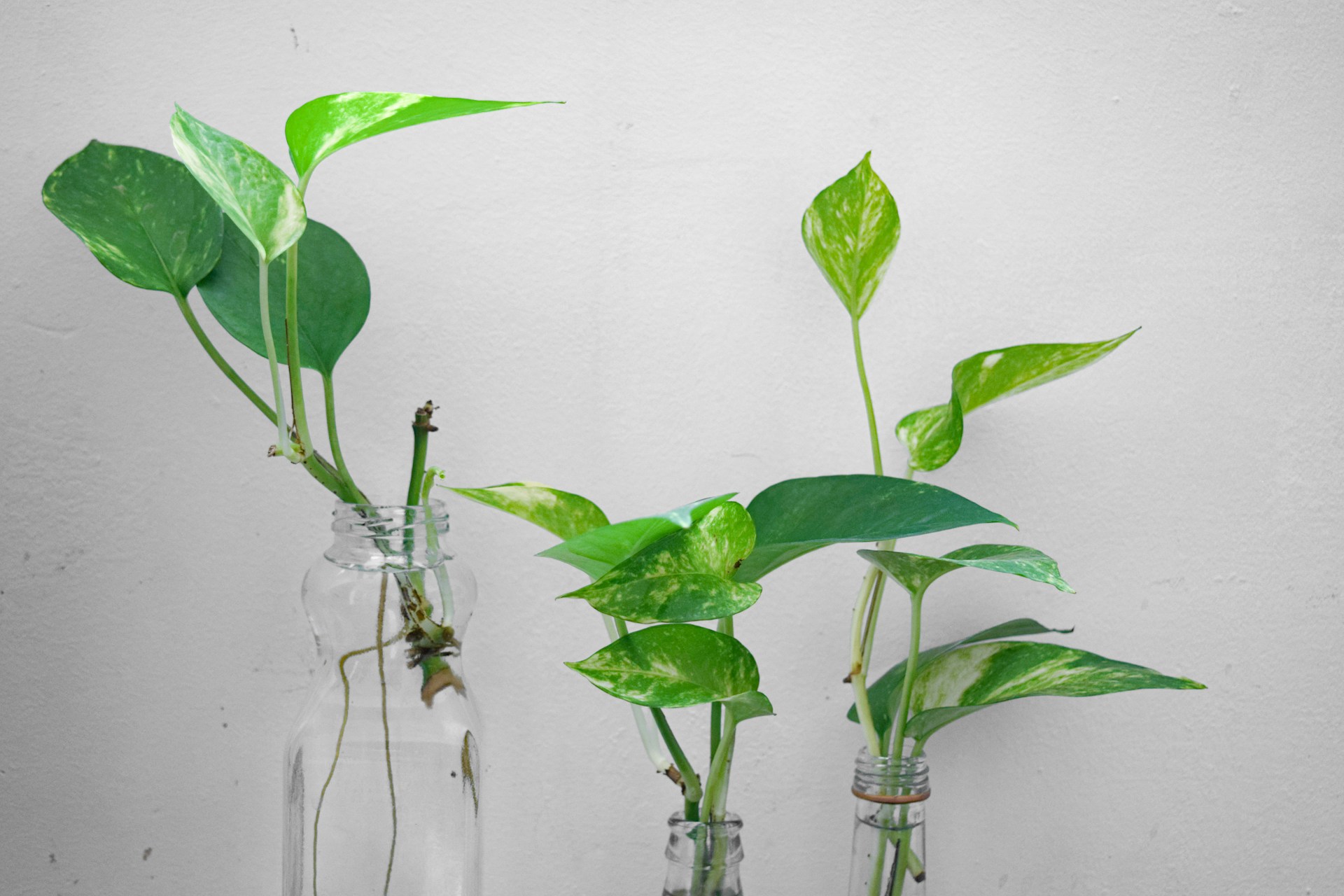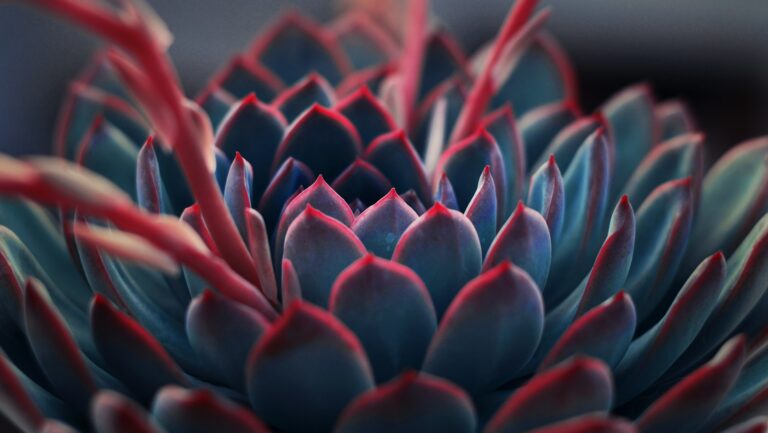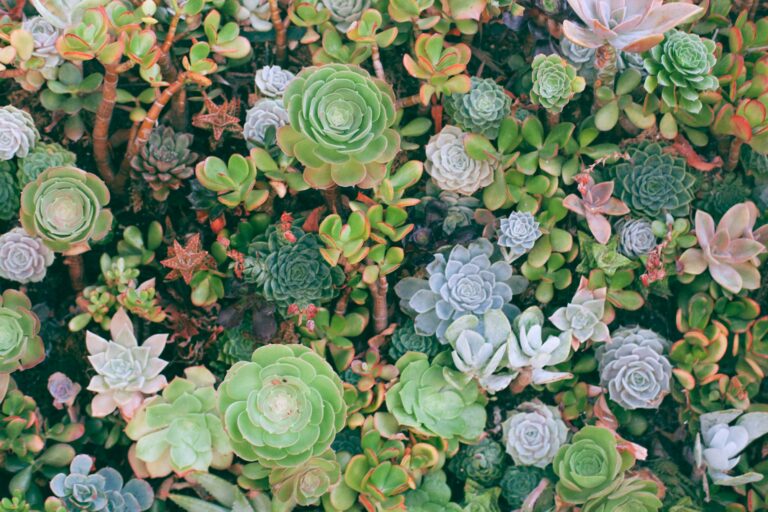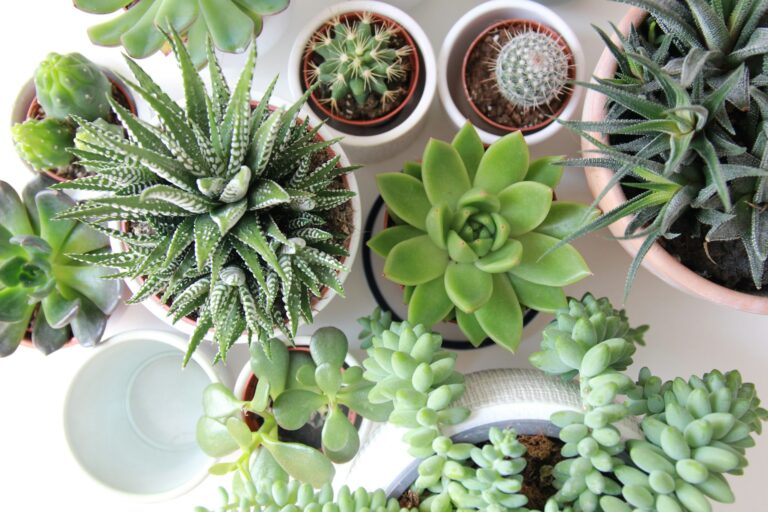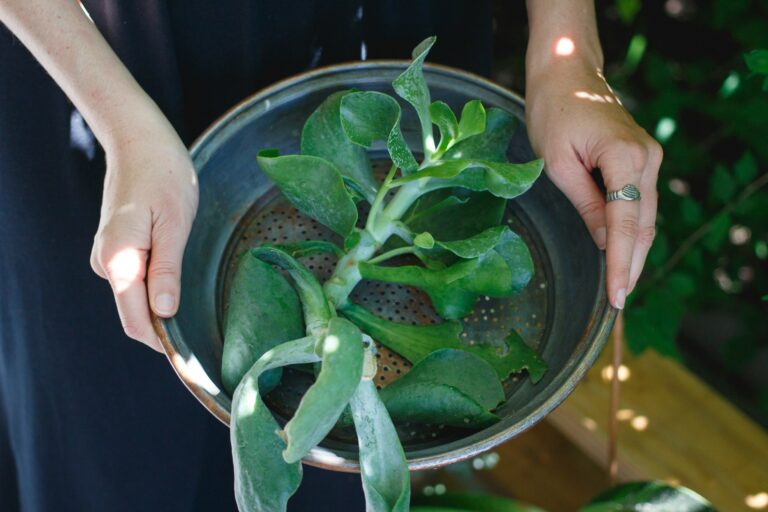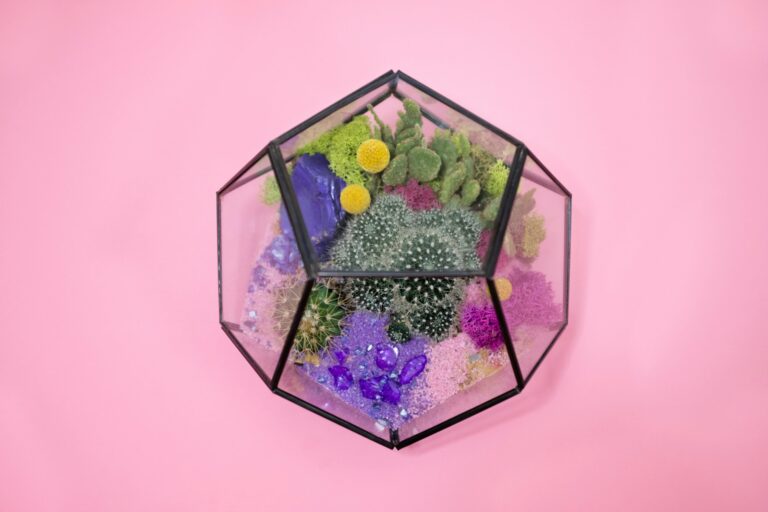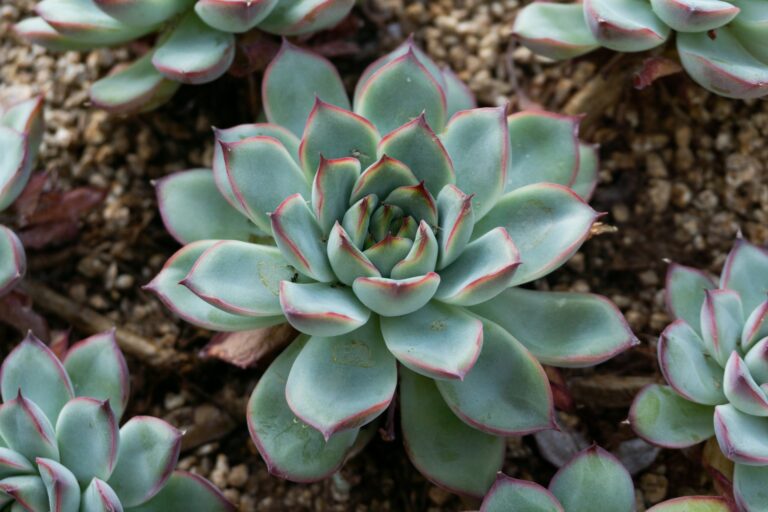When I started growing succulents, I often thought they required minimal care since they are hardy plants that can grow in deserts. Well, it’s obvious to say that I was wrong.
One major problem affecting the plant is when succulents get wrinkly. It’s a common problem that most succulent owners get, but they don’t know how to identify it or even the cause.
So, what causes succulents to get wrinkly? Most succulents become wrinkly because of underwatering, overwatering, inadequate sunlight, too much sunlight, compact soil, and pests and diseases.
This article will look at the different causes of wrinkly succulents and how to solve them.
7 factors that can make your succulents get wrinkly.
A wrinkly plant is annoying and a sad sight to have at home. So, you must understand the cause before taking action to solve the problem.
But first, how do you know that your plant is wrinkly? Here are succulent features to help you know that your plant has a problem;
- The leaves start to turn brown and crunchy.
- Leaves start to become shriveled.
- The leaves become soft and wrinkly.
- The leaves start to have crepe-like skin.
When this happens, it’s usually a result of neglect, and often you have to solve it because the plant can’t recover without external help.
If you don’t act on it early, the plant will lose leaves and eventually die.
Here are the several causes of a wrinkled succulent.
- Overwatering
- Underwatering
- Inadequate sunlight
- Overexposure to sunlight
- Compact soil
Overwatering
Overwatering a plant means giving the plant excess water. In most instances, the water is stagnant at the top of the soil. The more time water is stagnant, and the earlier the plant will die.
Naturally, the soil has pores that allow air circulation into and out of the roots. However, when the soil is soggy, the water closes the pores, limiting air circulation. This causes the roots to lack fresh air, which makes them stressed.
Stressed roots can’t provide food to the leaves. So, that’s how you get wrinkled succulents.
On the other hand, when overwatering doesn’t affect the roots, wrinkles can be caused by too much water in the plant tissues. When the water it stores becomes excess, it swells, bursts, and stretches the storage cells.
What does an overwatered succulent look like;
- The plant will have soft and mushy leaves that appear shriveled.
- The leaves start to turn translucent in appearance. It will look like a sick plant.
- The leaves will start to turn black from the rotting roots and stem.
- Over-saturated leaves will swell and fall off. A leaf that falls from excess water falls easily from a slight touch.
Underwatering
Most people think that a succulent plant can’t become under-watered. It can indeed survive for a long time without water.
It happens, and you must be prepared if it affects your plant.
Succulents use their stems, tissues, and leaves to hold water. When you stop watering, they start using the water they have stored. When this happens, the leaves become wrinkly because of a lack of water.
A wrinkled succulent is a sign that it needs water; otherwise, it will dry and die.
What does an underwatered succulent look like?
- The plant will have shriveled leaves that look wrinkly, droopy, and wilted. It happens from a severe lack of water.
- The leaves become dry, turn brown, and start to die. The leaves at the bottom become dry first, followed by the leaves at the top.
- The leaves feel soft and soft. They lose their plumpness and firmness due to a lack of water.
Inadequate sunlight
Lack of enough sunlight can make a succulent get wrinkly. It happens because, without enough light, it won’t make enough food during photosynthesis.
Without light, the plant will start looking for light. In this process, it stretches its leaves, creating an elongated stem. This elongated stem will make the leaf look wrinkly.
Besides becoming wrinkly, the leaves will lose color and become faded, flattened, and stretched.
Too much sunlight
When a plant receives too much sunlight, it changes its appearance to look wrinkling or shriveling.
It often comes as a response to the excess UV rays that can kill it. The sun can also scotch the plant, creating patches on the leaves. If the sun exceeds a limit, the leaves flatten and turn yellow and brown. In the end, leaves dry up and die.
Compact soil
Compact soil often affects the roots because it doesn’t allow fresh air circulation. The best soil should be soft and loose to absorb water and allow air through.
The plant will only survive for a short time if you use compact soil. You can purchase the best potting soil to use for your succulent plant.
How to fix a wrinkled succulent plant.
Now that you have identified a problem, it’s time to start fixing it.
Sometimes it’s hard to know the exact problem causing wrinkled succulents. However, if you understand how to fix the common problem, you can use those methods to try fixing your plant.
Here are the simple ways to fix a wrinkled succulent.
Adjust the amount of water you give the plant.
You can recover an overwatered plant by reducing the amount of water.
However, if the problem affects the roots, remove them from the soil to dry them for a few days. Trim all the affected parts of the root using a sharp and sterilized garden knife. Then repot the succulent in fresh soil.
For a succulent affected by underwatering, increase the amount of water immediately after you notice the problem. If the dehydration has gone far, soak the plant in water. That means submerging the roots in water to suck in as much as they need to recover.
Provide appropriate lighting
Succulents grow well in indirect sunlight. The area should have part sun and part shade. For indoor succulents, move the plant to a window so that it can receive enough sunlight.
You can move the plant outdoors for a few hours or, if it’s winter, provide a grow light for your succulent.
Treat root rot
Root rot is a common problem that not only makes succulents get wrinkly but also can kill them. So, if you catch it early, treat it immediately by cutting off the affected parts.
Once you treat root rot, make sure also to change your soil. If it is severe, you can change the pot or clean it with disinfectant before potting it.
Conclusion
Growing succulents at home can be challenging because of these minor problems, such as wrinkled succulent leaves. However, you can solve them easily using the simple tricks we have highlighted above.
When caring for your plant, check the leaves periodically to see if you can spot a difference. If you spot the problem early, you can solve it easily, compared to when it becomes significant.
